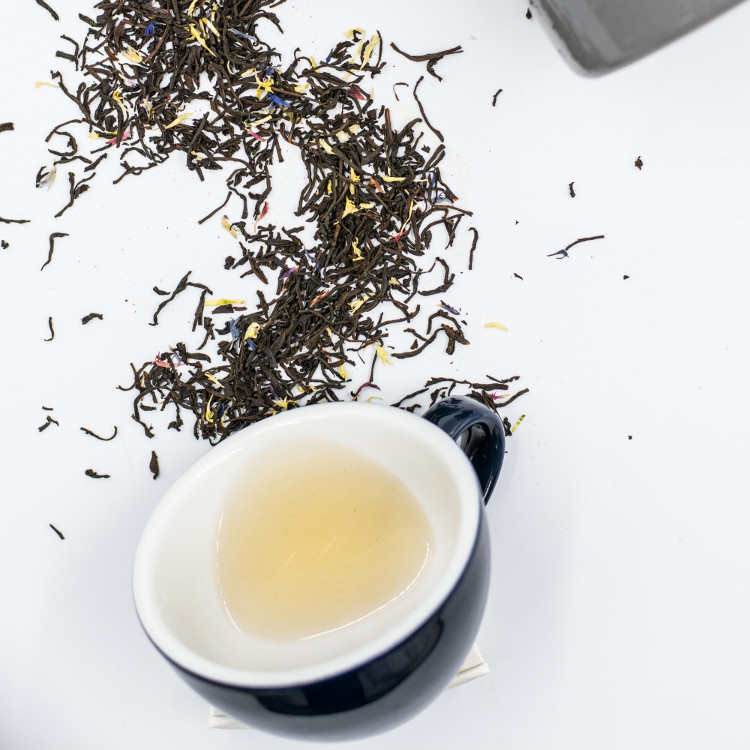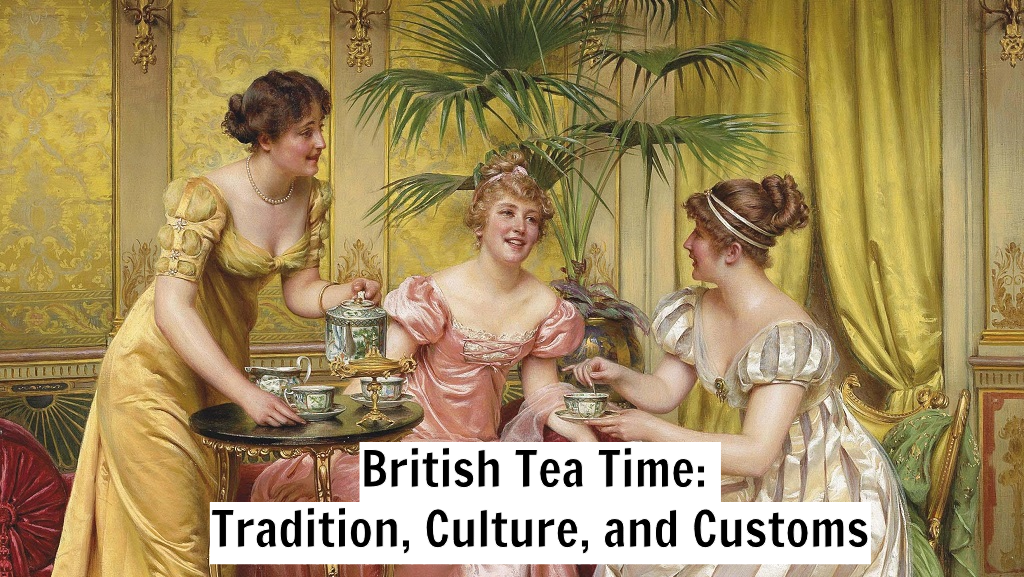When one thinks of British culture, images of afternoon tea with steaming pots of Earl Grey, scones with clotted cream, and dainty finger sandwiches often come to mind. Tea time in Britain is not just a daily ritual; it’s an institution, a cherished tradition that has woven its way into the fabric of British life. Here, we’ll explore the history, customs, and significance of tea time in Britain.
The History of British Tea Time
Tea has been enjoyed in Britain since the 17th century, during the reign of King Charles II, but it wasn’t until the mid-19th century that the concept of afternoon tea as we know it today became popular. The credit for popularizing afternoon tea often goes to Anna, the Duchess of Bedford, a close friend of Queen Victoria. The story goes that the Duchess felt hungry in the late afternoon and requested a tray of tea, bread, butter, and cake to be brought to her room. She found this ritual so enjoyable that she began inviting friends to join her, thus creating the custom of afternoon tea.
The origins of tea can be traced back to China, where it had been consumed for thousands of years. It was primarily enjoyed as a medicinal beverage and later as a social drink. Tea reached Britain through trade and exploration.
Here is a brief timeline of how tea came to Britain:
- Early 17th Century: The British East India Company established trading relationships with the East, including China. At this time, tea was already well-known in the East and was being traded with European countries.
- 1662: Catherine of Braganza, a Portuguese princess, married Charles II of England. Catherine was known to enjoy tea, and her preference for the beverage is said to have popularized it in the English court.
- Late 17th Century: Tea started to become more widespread in England, but it was initially expensive and considered a luxury item. It was imported in small quantities and was predominantly consumed by the aristocracy and the wealthy.
- 18th Century: As the demand for tea grew, it became more affordable and accessible to the general population. This was also due to the development of stronger trade relationships with China and the expansion of tea plantations in British colonies, such as India and Sri Lanka.
- 19th Century: The British Empire played a significant role in the global tea trade. By the 19th century, tea had become a staple beverage for people of all social classes in Britain.
When is Tea Time?
Tea time in Britain is not a precise moment but typically falls between 3:30 and 5:00 in the afternoon. It’s the bridge between lunch and dinner, providing a delightful pause in the day. The timing can vary among individuals and regions, but the essence remains the same – it’s a time to relax, socialize, and enjoy some tea and treats.
Tea Varieties and Etiquette
The most common tea served at British tea time is black tea, often accompanied by milk and sugar. Earl Grey, Assam, and Darjeeling are popular choices. However, herbal and fruit infusions, known as “tisanes,” have gained popularity, particularly among health-conscious tea drinkers.

Earl Grey Tea
2,50 € – 5,75 €
Nectar Leaf Premium Tea
This black tea with a bold flavor is a great starting point for tea as it is perfect hot or cold, and pairs well with most foods. Its versatility is what makes it so popular around the world and has set it apart from other teas for centuries.
When it comes to brewing tea, there is a debate about whether to add milk before or after the tea is poured. Traditionalists argue for adding milk afterward, claiming it allows you to control the strength of the tea better. Regardless of the method, the key is to serve tea in fine china teacups and use a teapot to brew the tea properly.
Accompaniments
Tea time is incomplete without a selection of delectable treats. The table is often graced with a tiered cake stand holding a variety of offerings:
- Scones: These slightly sweet, crumbly pastries are typically served with clotted cream and strawberry jam.
- Finger Sandwiches: Delicate sandwiches with fillings like cucumber and cream cheese, smoked salmon, and egg salad.
- Cakes and Pastries: A variety of cakes and pastries, such as Victoria sponge, Battenberg, and fruitcake.
- Biscuits: An assortment of biscuits (cookies) is also commonly offered, with shortbread being a British favorite.
Social and Cultural Significance
Tea time in Britain is not just about quenching one’s thirst or satisfying hunger; it’s a social and cultural tradition. It provides an opportunity for friends and family to come together, engage in conversation, and take a break from the daily grind. It’s also a significant part of British hospitality, as offering a guest a cup of tea is a gesture of warmth and welcome.
In British literature, films, and television, tea time often symbolizes the essence of Britishness. It’s a time to reflect on the day, appreciate the company of others, and savor the simple pleasures of life.
Conclusion
Tea time in Britain is not just about tea; it’s a way of life. It’s a tradition that has endured for centuries, representing the core values of British culture – politeness, togetherness, and an appreciation for the finer things in life. So, if you ever find yourself in the United Kingdom, don’t miss the opportunity to partake in this beloved tradition and savor a taste of British culture.
So, while tea was discovered in China thousands of years ago, it made its way to Britain in the 17th century and gradually gained popularity, ultimately becoming an integral part of British culture and daily life.

Lovely little read!